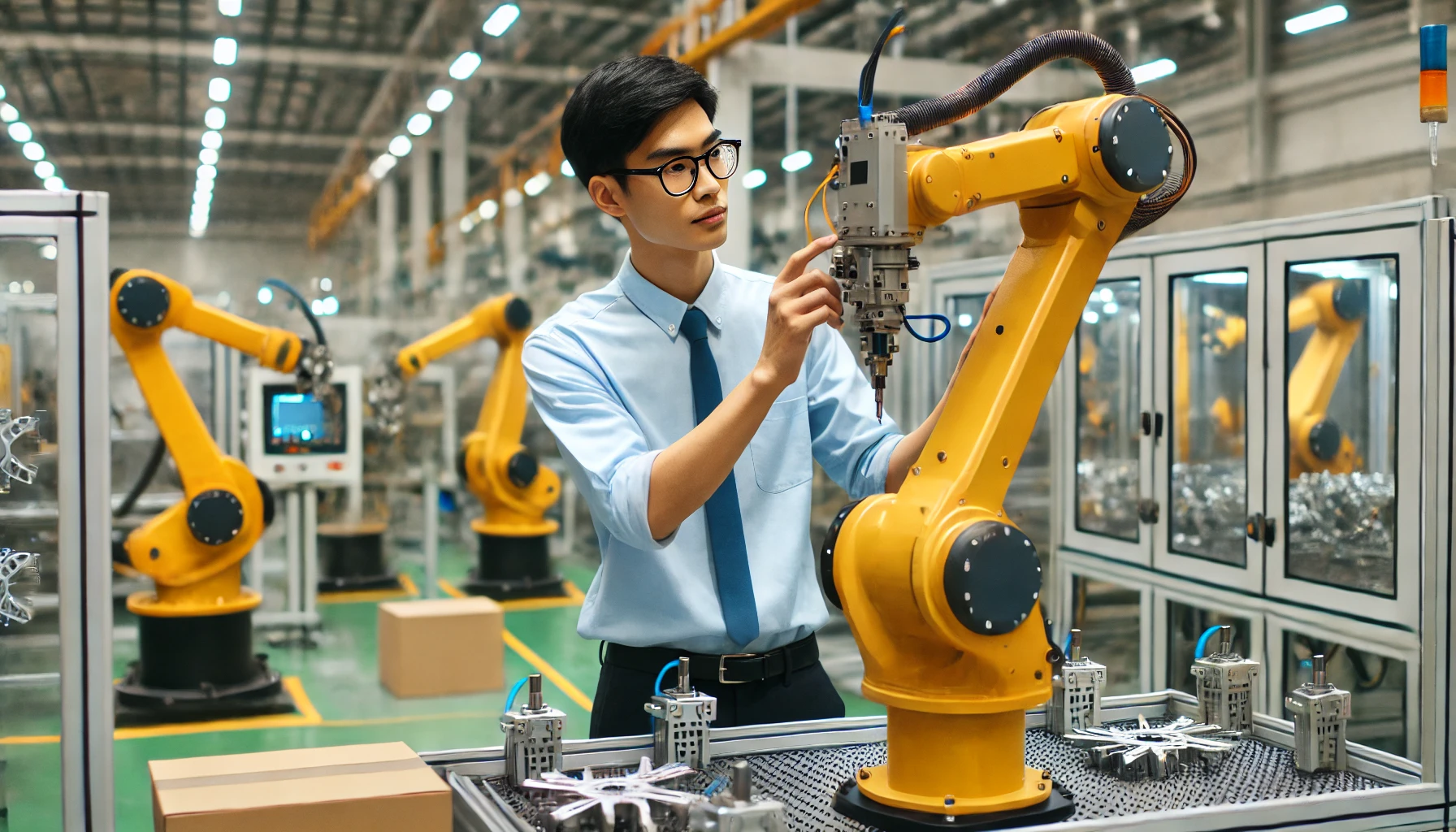
Shanghai has made a groundbreaking move by publishing China’s first set of governance guidelines for humanoid robots. These new rules aim to ensure that humanoid robots are safe and respectful of human dignity. The guidelines were released during the World Artificial Intelligence Conference (WAIC) on July 1, a prominent event where tech giants like Tesla showcased their latest advancements in AI and robotics.
According to the guidelines, manufacturers of humanoid robots must guarantee that their products do not threaten human security and effectively safeguard human dignity. This is a significant step towards creating a framework for the responsible development and use of AI technologies. The guidelines emphasize the importance of risk control measures, urging companies to establish risk warning procedures and emergency response systems.
The guidelines outline several key areas for manufacturers to focus on:
- Risk Control Measures: Companies are encouraged to develop comprehensive risk assessment protocols to identify and mitigate potential threats posed by humanoid robots.
- Emergency Response Systems: Establishing robust emergency response systems to address any unforeseen incidents involving humanoid robots.
- Human Dignity Safeguards: Ensuring that the design and functionality of humanoid robots do not compromise human dignity or rights.
These measures are designed to prevent any scenarios where humanoid robots could pose a threat to humans, either physically or psychologically. By implementing these guidelines, Shanghai is setting a standard for other cities and countries to follow in the responsible development of AI technologies.
| Key Focus Areas | Description |
|---|---|
| Risk Control Measures | Developing protocols to identify and mitigate potential threats posed by robots. |
| Emergency Response Systems | Establishing systems to address unforeseen incidents involving robots. |
| Human Dignity Safeguards | Ensuring robots do not compromise human dignity or rights. |
In addition to safety measures, the guidelines highlight the need for user training on the ethical and lawful use of humanoid robots. This includes educating users on how to interact with these machines in a manner that respects human rights and adheres to legal standards. The training aims to prevent misuse and ensure that the technology is used to benefit society.
User training initiatives include:
- Ethical Interaction: Educating users on the importance of treating humanoid robots with respect, recognizing their potential impact on human society.
- Legal Standards: Providing guidance on the legal implications of using humanoid robots, ensuring compliance with existing laws and regulations.
- Preventing Misuse: Implementing strategies to prevent the misuse of humanoid robots, particularly in sensitive or potentially harmful situations.
These initiatives are crucial in fostering a responsible and ethical approach to the use of humanoid robots. By providing comprehensive training, Shanghai aims to ensure that these advanced technologies are used in ways that enhance, rather than detract from, societal well-being.
Five industry organizations based in Shanghai, including the Shanghai Law Society, the Shanghai Artificial Intelligence Industry Association, and the National and Local Humanoid Robot Innovation Centre, have come together to create these guidelines. This collaborative effort reflects a shared responsibility to address the challenges and opportunities presented by humanoid robots, fostering a sense of unity in the AI and robotics industry.
- Industry-wide Participation: Involvement of multiple industry stakeholders in the development of the guidelines, ensuring a comprehensive and balanced approach.
- Shared Responsibility: Encouraging all parties involved to take ownership of the challenges and opportunities associated with humanoid robots.
- Fostering Unity: Promoting a unified front in addressing the ethical, legal, and technological aspects of humanoid robot development and use.
By introducing these guidelines, Shanghai is not only setting a precedent for the rest of China but potentially for the world. This move underscores the city’s commitment to leading in AI innovation while prioritizing human safety and ethical considerations. As the technology continues to evolve, these guidelines will serve as a foundation for ensuring that humanoid robots are developed and used responsibly, with potential global impact.
- Setting Precedents: Shanghai’s guidelines could serve as a model for other cities and countries looking to implement similar regulations.
- Global Collaboration: Encouraging international cooperation in the development and governance of humanoid robots.
- Long-term Benefits: Establishing a framework that promotes the safe and ethical use of AI technologies on a global scale.
Shanghai’s proactive approach in publishing these governance guidelines highlights the city’s leadership in the AI and robotics sectors. By addressing the key issues of safety, dignity, and ethical use, Shanghai is paving the way for a future where humanoid robots can be integrated into society in a manner that benefits all. This initiative not only strengthens Shanghai’s position as a global leader in AI innovation but also sets a standard for responsible technological development worldwide.
Featured Image courtesy of DALL-E by ChatGPT
